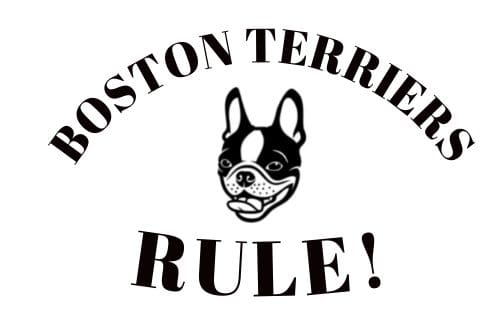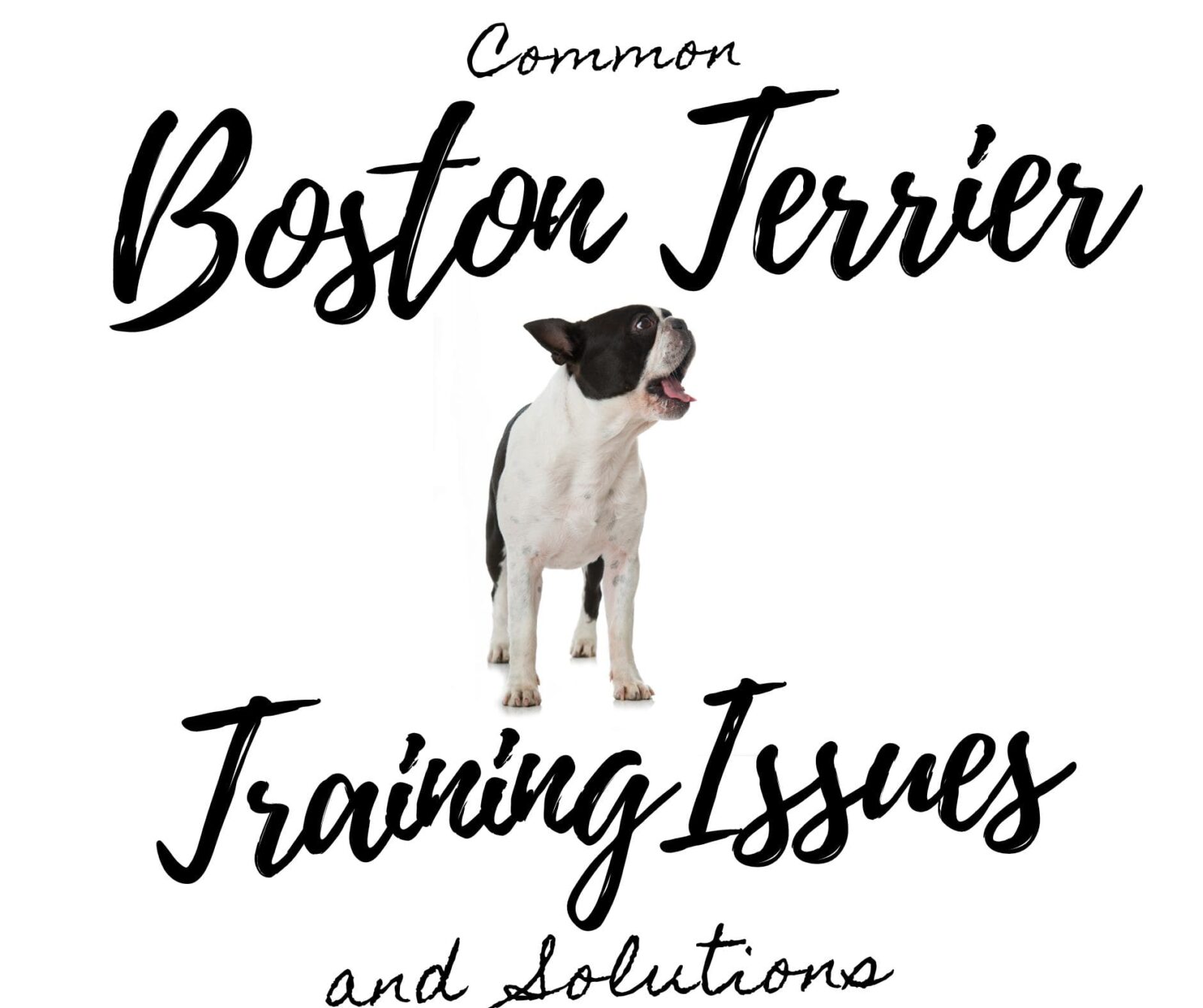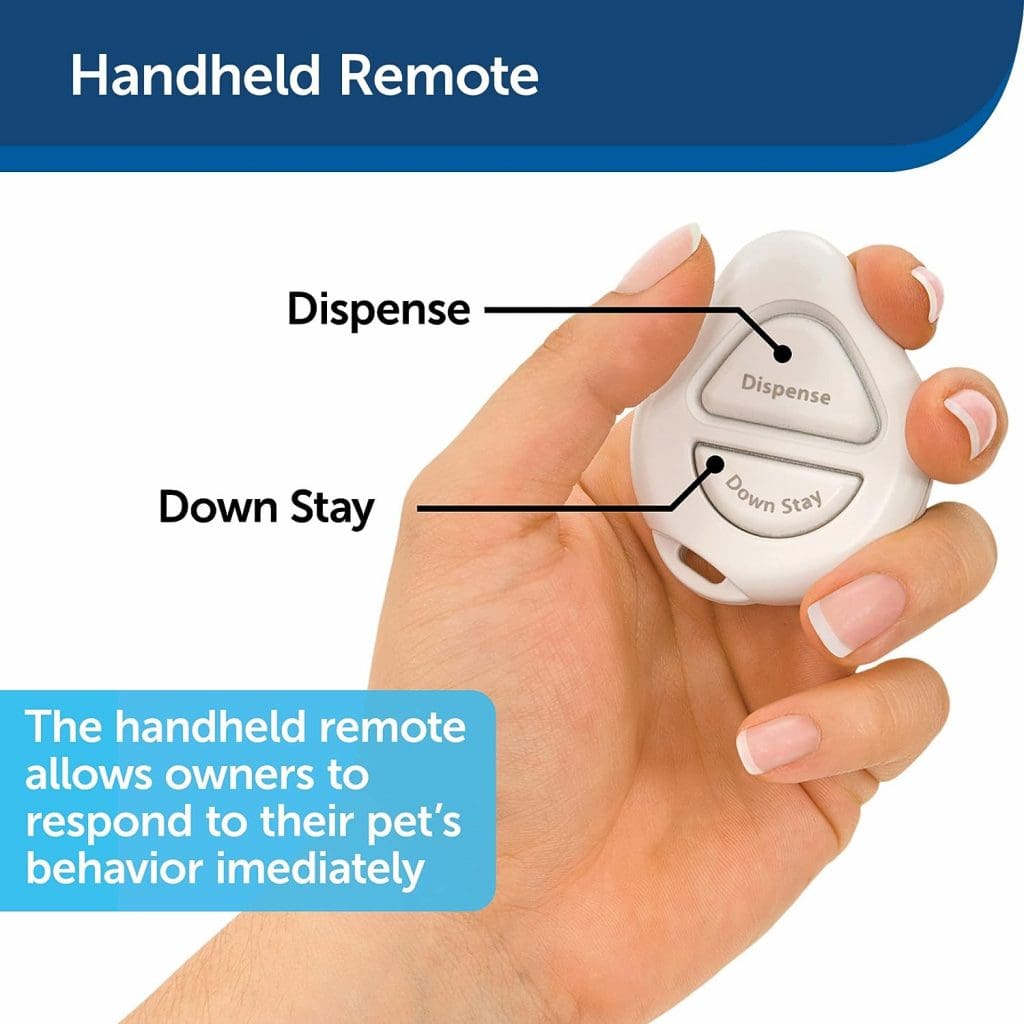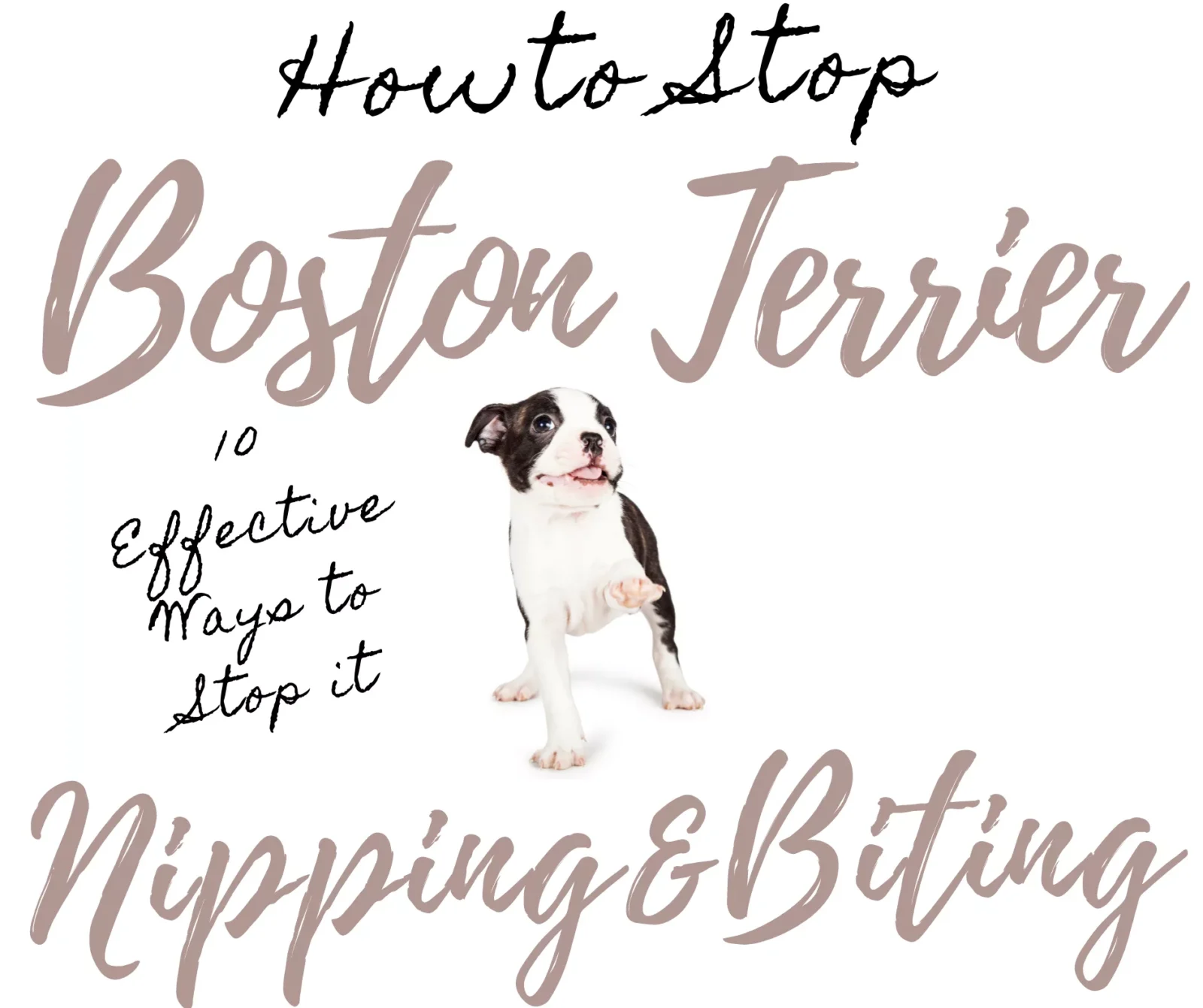Introduction:
Are you a Boston Terrier owner looking to unlock the full potential of your pup? These pint-sized powerhouses are known for their intelligence and affectionate nature, but like any breed, they can present some unique training issues and challenges.
In this article, we’ll explore common training issues faced by Boston Terrier owners and provide practical solutions, along with product suggestions to make your training journey smoother. Whether you’re a new Boston Terrier parent or an experienced one, read on to discover how to tackle training issues effectively.
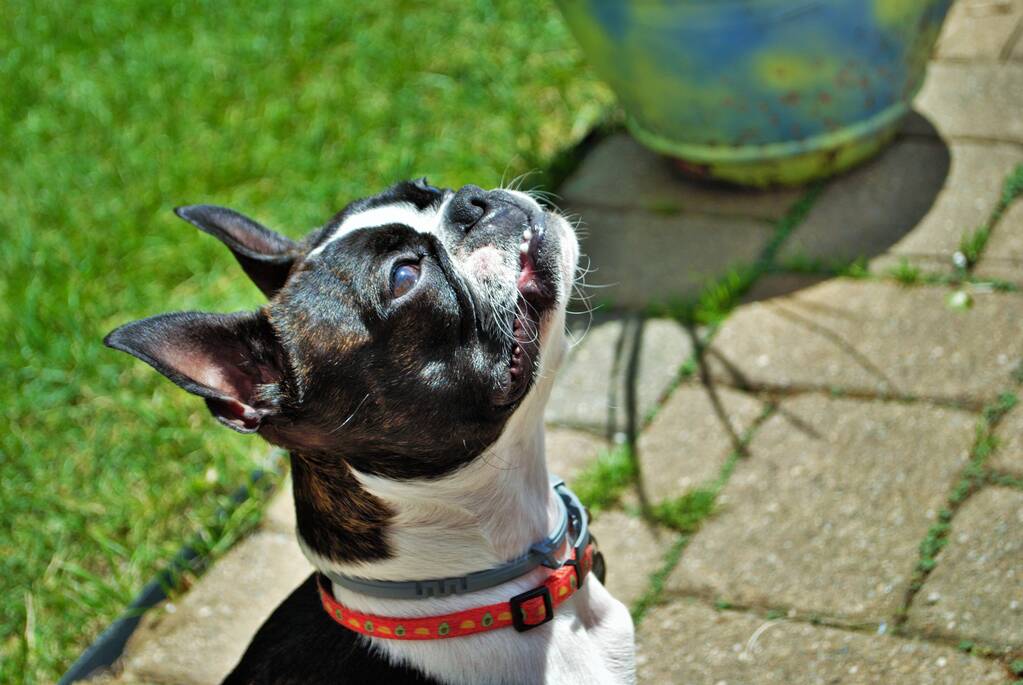
Common Boston Terrier Training Issues:
Stubbornness and Independence
Boston Terriers are notorious for their strong-willed nature, which can sometimes be mistaken for stubbornness. They are also known to have an independent streak, making some of them appear less eager to please compared to some other breeds. This independence can lead to training issues. Click here to read an in depth article on Stubbornness vs. Independence and why these traits are positive.
Solution:
Patience and positive reinforcement are key. Use treats, praise, and short, engaging training sessions to keep them motivated. Consistency is crucial; stick to a routine to help them understand expectations. Consider interactive toys like puzzle feeders, which provide mental stimulation and can help with their independent, curious nature.
Product Suggestion:
Fill it with treats or Peanut Butter (or Kong Easy Treat) to keep your Boston Terrier mentally engaged. I’d be remiss if I didn’t include a Kong Toy – every dog should have one, right? 🙂
The Red color is for average chewers. Kong toys are a mainstay in the dog world and has saved many owners from a lot of frustration while working through training issues. This toy is great as a reward, to calm, to burn off extra energy, doggy anxieties, or just to keep them busy.

Housebreaking Challenges
Boston Terrier puppies can be a bit slow to grasp housebreaking, which can lead to accidents indoors. Potty training is probably the most common training issues Boston Terrier owners face. For a more in depth article on house breaking your Boston Terrier, click here.
Solution:
Create a consistent bathroom schedule, taking your pup out after meals, playtime, and waking up. Take them out no less than every two hours at first, if not sooner. Reward them with treats and praise when they potty outside. If your Boston hesitates to go potty outside, take some of their previous poop and put it in the area where you want them to go. They will think they did that, and it will give them the signal that it’s ok to potty there.
Invest in puppy pads or a grass patch for indoor training, especially if you live in an apartment. You can gradually move the grass patch outside as your pup starts to learn.
Product Suggestion:
Fresh Patch Disposable Dog Potty: A convenient indoor grass patch for potty training.


Excessive Barking
Boston Terriers have a tendency to be vocal, which can become problematic if left unchecked. Although most Bostons only bark when necessary, some of the more high-strung pups may bark too much, and they have an array of other sounds that can be uh, “other worldly” if you get my drift! For a more in depth post on excessive barking in Boston Terriers, click here.
Solution:
Teach the “quiet” command. When your dog barks, wait for a moment of silence and then reward them. Address the underlying cause of barking; it could be boredom, anxiety, or alerting to something. Keep them mentally stimulated with toys that challenge their problem-solving skills.
Product Suggestion:
PetSafe Busy Buddy Tug-A-Jug: A treat-dispensing toy that keeps your Boston Terrier engaged and reduces boredom-related barking. The medium size should work for most Boston Terriers. As they shake and chew it, the treats fall out.

Leash Reactivity/Pulling
Boston Terriers can be prone to leash reactivity and pulling, such as lunging or barking at other dogs or people during walks. I had this as one of my training issues with my first Boston. One day, he pulled his leash too hard and ended up running across 4 lanes of a busy coastal highway. If your Boston Terrier is prone to leash pulling, etc… click here for a more in depth article on the subject (along with my personal story of that fateful day).
Solution:
Gradual desensitization is key. Start with controlled, positive interactions with other dogs. Reward calm behavior during walks. Use a no-pull harness or head collar to gain better control during walks.
Product Suggestion:
Halti Optifit Head Collar: A head collar that gently redirects your Boston Terrier’s attention during walks.

Advanced Training Issues
Nipping and Biting
Addressing nipping and biting behavior in your Boston Terrier is essential for a harmonious and safe relationship. Here are some tips to help you curb this behavior:
1. Early Socialization: Begin socializing your Boston Terrier from a young age. Exposure to various people, animals, and situations can help them learn appropriate behavior and reduce fear-based nipping.
2. Puppy Obedience Training: Enroll your Boston Terrier in a puppy obedience class. This provides structured training and opportunities to interact with other puppies, helping them understand bite inhibition and appropriate play.
3. Use Positive Reinforcement: Reward good behavior with treats and praise. Positive reinforcement is highly effective in teaching your dog what behaviors are desirable.
4. Teach Bite Inhibition: Encourage your dog’s bite inhibition, which is the ability to control the force of their bite. When your Boston Terrier nips too hard during play, make a yelping sound to mimic how another dog would react if bitten too hard. This teaches them to be gentler.
5. Social Play: Encourage social play with other dogs, as they often learn bite inhibition during canine interactions.
6. Avoid Rough Play: Discourage rough or aggressive play. If your Boston Terrier starts to get overly excited and nips, stop the play session to teach them that nipping results in the end of fun.
7. Use Toys: Provide a variety of toys for your dog to chew on. This redirects their chewing and biting instincts onto appropriate items.
8. Regular Exercise: Ensure your Boston Terrier gets enough physical and mental exercise. A tired dog is less likely to engage in destructive behaviors.
9. Time-Outs: If nipping or biting continues during play, implement a time-out by briefly removing your dog from the situation. This teaches them that rough play results in an end to interaction.
10. Consistency: Be consistent with your training. Everyone in your household should follow the same rules and training methods to avoid confusion for your dog.
11. Seek Professional Help: If nipping and biting persist or become a serious issue, consult a professional dog trainer or behaviorist. They can provide personalized guidance and training techniques to address the problem.
12. Address Teething: For puppies, understand that teething can cause discomfort and an increased desire to chew and bite. Provide appropriate teething toys to alleviate their discomfort.
13. Supervision: Always supervise interactions with children or other pets, especially if your Boston Terrier has a history of nipping.
Remember that patience and consistent training are key to addressing nipping and biting behavior. Every dog is unique, and it may take time for your Boston Terrier to learn appropriate play and social skills. With dedication and the right approach, you can help your furry friend become a well-behaved and gentle companion.
Aggression or Resource Guarding
Some Boston Terriers may exhibit aggression or resource guarding behaviors, especially when it comes to food or toys. This is one of the most challenging training issues because it could get dangerous. To read an in depth article on aggressive resource guarding, why it happens, how to prevent it, and how to deal with it, click here.
Solution:
Consult a professional dog trainer or behaviorist for guidance, as aggression training issues can be complex and require expert intervention. Ensure your Boston Terrier understands basic obedience commands like “leave it” and “drop it.”
Product Suggestion:
PetSafe Treat and Train Remote Reward Dog Trainer: A remote-controlled treat dispenser for precise positive reinforcement during training. This is excellent for dogs who are aggressive. It comes with treat dispenser, instruction DVD, and training wand. It links a food reward to desired good behavior. The hand held remote operates up to 100 feet away, so you can train from a distance.

Conclusion:
Training a Boston Terrier can be a rewarding experience when you understand and address their unique challenges. Remember, patience, consistency, and positive reinforcement are your best tools while working on training issues. Using the right products, such as interactive toys and training aids, can significantly aid in the training process.
Ready to start on a successful training journey with your Boston Terrier? Start implementing these solutions today and watch your furry friend blossom into a well-behaved and happy companion.

This post contains affiliate links. I earn from qualifying Amazon purchases.
